
Christian Barnekow was a Danish nobleman, estate holder and diplomat. He was noted for his extensive travels. He is remembered for sacrificing his own life in an effort to save that of Christian IV in the Battle of Skillingehed at Varberg in Halland. He is thus credited with giving his horse to the king with the words "I give my horse to the king, my life to the enemy and my soul to God". His holdings included Birkholm and Tølløsegård at Holbæk. The street Kristen Bernikows Gade in Copenhagen is named after him. It is located on the site of his former city home.

Jens Tillufssøn Bjelke was a Danish-Norwegian nobleman and a feudal lord of Jemtland, Norway, was originally from Danish Skåne. Jens Tillufssøn Bjelke was one of several notable Danes who acquired land, resided permanently in Norway, became thoroughly Norwegian and founded new Norwegian noble families, which replaced the old nobility of the first rank. He was the grandfather of Chancellor Jens Ågessøn Bjelke and great-grandfather of Governor Jorgen Bjelke.
Anne Lykke was a Danish noblewoman and royal mistress of Christian, Prince Elect of Denmark.
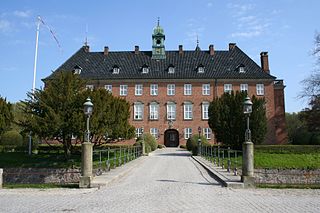
Vemmetofte Convent is a former manor house in Faxe Municipality south of Copenhagen, Denmark. It was turned into a convent by Princess Sophia Hedwig of Denmark in 1735. Since 1975 it has provided housing available to the general public.

Steen Andersen Bille, was a Danish vice-admiral and minister for the navy. He was famous for his service in the Danish Royal Navy, particularly during the First Schleswig War, 1848–1851.

Katholm Castle is a manor house located on the Djursland peninsula, six km south of Grenaa, in eastern Denmark. Built in the Renaissance style from 1588 to 1591 and expanded in 1622, it is set on a castle bank in the middle of an artificial lake in a forested area. Wilhelm Dinesen, father of writer Karen Blixen, spent his childhood years at Katholm.

Jomfruens Egede is a manor house located three kilometres north-west of Faxe, a small town some 40 km south of Copenhagen, Denmark. It owes its current appearance to Sophie Amalie Moth who in the late 18th century altered it with the assistance of Caspar Frederik Harsdorff and Joseph Christian Lillie. The National Museum of Denmark has described it as possibly the finest example from the period.
Steen Bille (1565–1629) was a Danish councillor and diplomat.
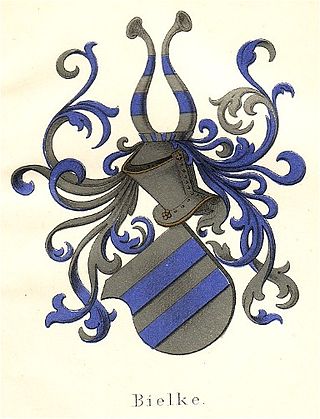
Jens Ågessøn Bjelke was a Norwegian nobleman who was Chancellor of Norway from 1614 to 1659, and was succeeded by his son Ove Bjelke. He was the son of Åge Bjelke and Margrethe Thott. At the time of his death, he was Norway's largest land owner. After his tenure as Chancellor, the office largely lost its influence and was abolished in 1679.
Events from the 1550s in Denmark.
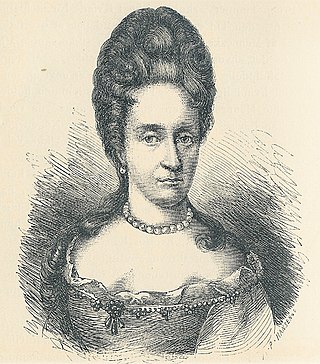
Karen Brahe, was a Danish aristocrat and book collector.
Jens Billes visebog is the second oldest major collection of Danish poetry, after the Heart Book. It was compiled in the second half of the 1550s.

Claus Bille was a Danish statesman.
Sir Andrew Sinclair of Ravenscraig, in Denmark known as Anders Sincklar , til Ravenscraig og Sincklarsholm, born 1555, died 1625, was a Scotsman of noble birth, who became a Danish privy counsellor, envoy to England, colonel, and holder of extensive fiefs.

Juellinge, prior to 1672 known as Valbygaard, is a manor house located on the Stevns Peninsula, Stevns Municipality, some 50 kilometres south of Copenhagen, Denmark. The Baroque-style main building and two buildings from the beginning of the 19th century have been listed on the Danish registry of protected buildings and places by the Danish Heritage Agency.
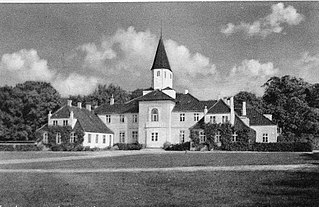
Iselingen is a manor house and estate located close to Vordingborg on the southern part of Zealand in southeastern Denmark. It takes its name after the Swiss-born merchant Reinhard Iselin who established it in the 1770s. The current main building was completed a hundred years later to design by Vilhelm Dahlerup.
Højbygård is a manor house and estate located on the island of Lolland in southeastern Denmark. It has since 1825 belonged to members of the Lehn family. The current main building is from the 18th century but has been altered several times.
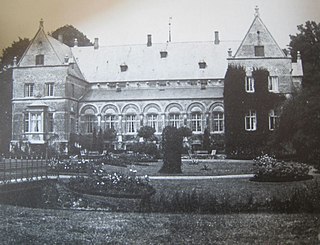
Selchausdal, formerly Gundetved, is a manor house and estate located on the east side of Tissø, Kalundborg Municipality, some 0+ kilometres west of Copenhagen, Denmark. The three-winged Renaissance Revival style main building is from 1857 and was designed by Johan Daniel Herholdt. It was listed on the Danish registry of protected buildings and places in 1978.

Næsbyholm is a manor house and estate located east of Tybjerg Lake, between Sorø and Glumsø, in Næstved Municipality, some 70 km (43 mi) southwest of Copenhagen, Denmark. Since 1610, Næsbyholm and Bavelse have had the same owners. The three-winged Dutch Renaissance-style main building was reconstructed after fires in 1932 and 1947, incorporating elements from 1585. It is now used as a venue for weddings, conferences and other events. The scenic park was laid out in the 18th century. The Næsbyholm-Bavelse estate covers 1,424 hectares of land (2012), of which approximately half is forest.

Steen Ottesen Brahe was a Danish privy counsellor and landowner.